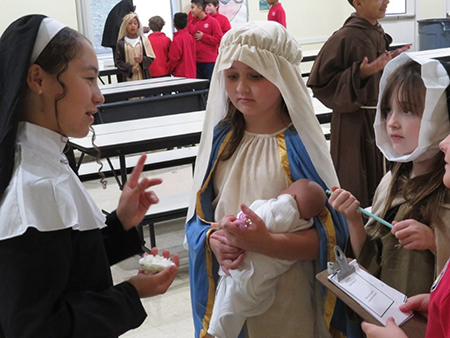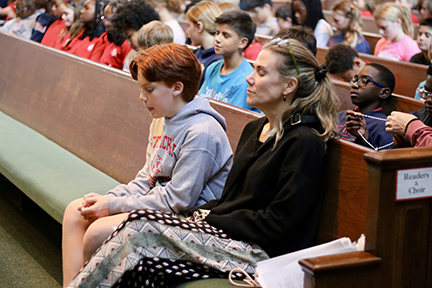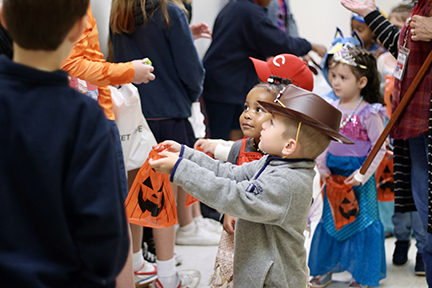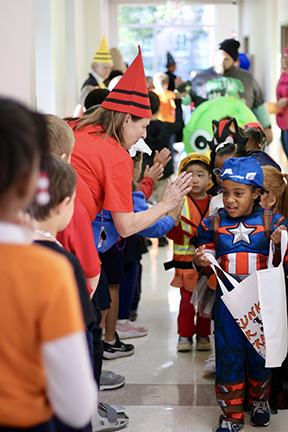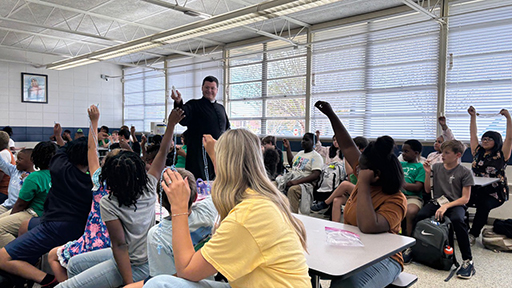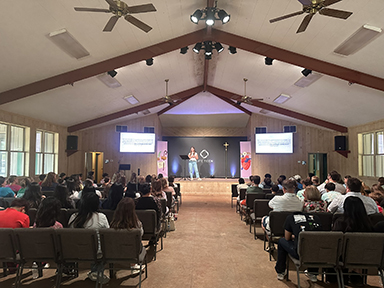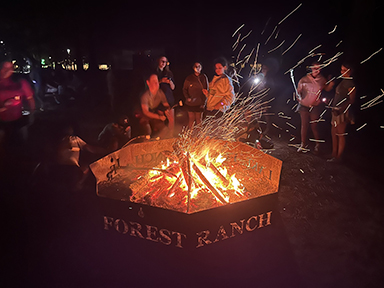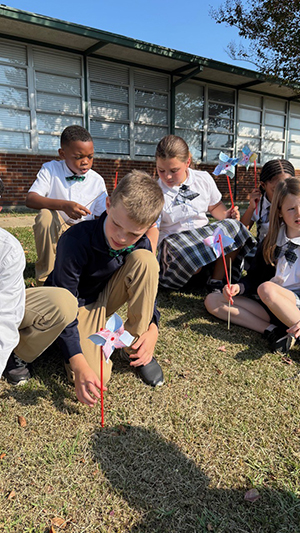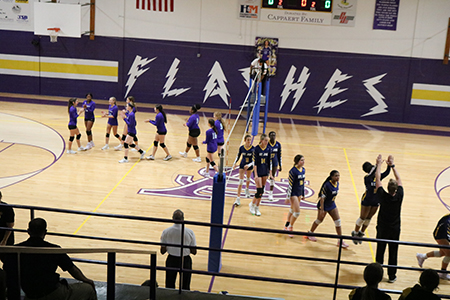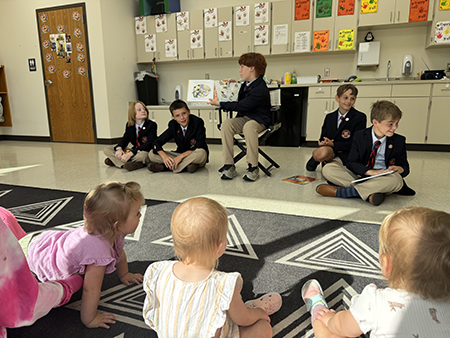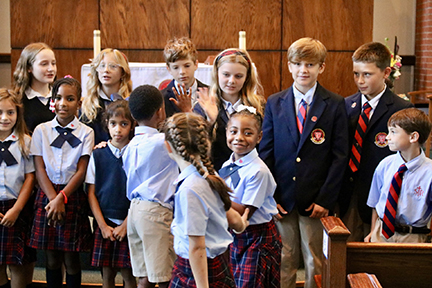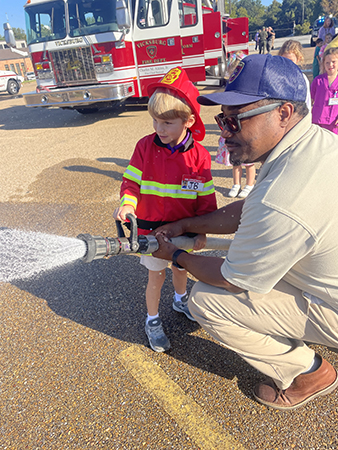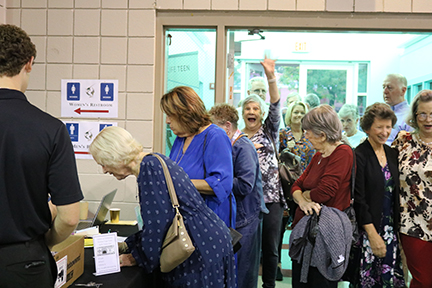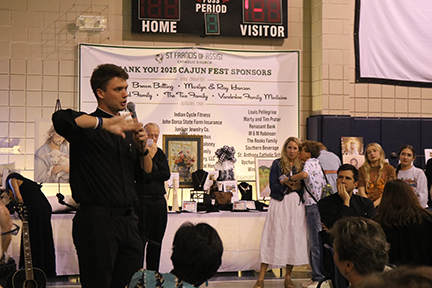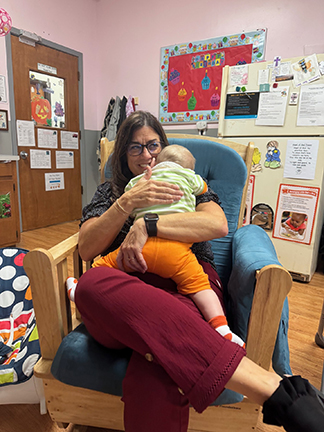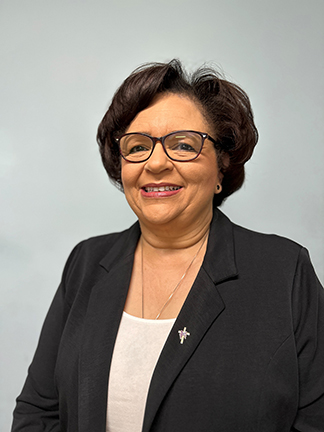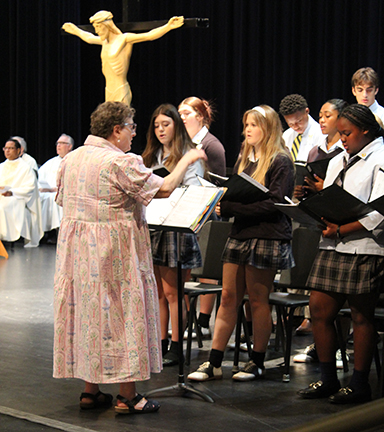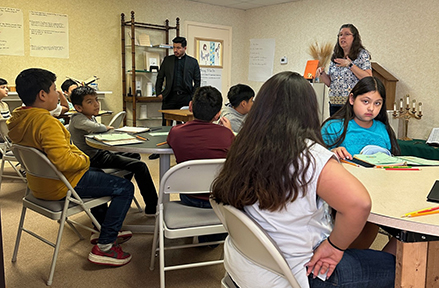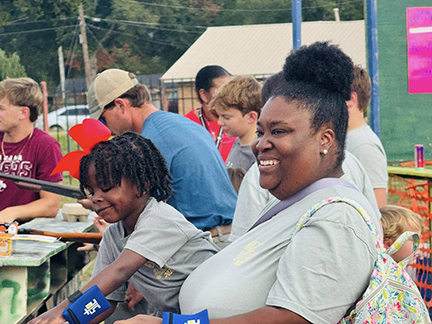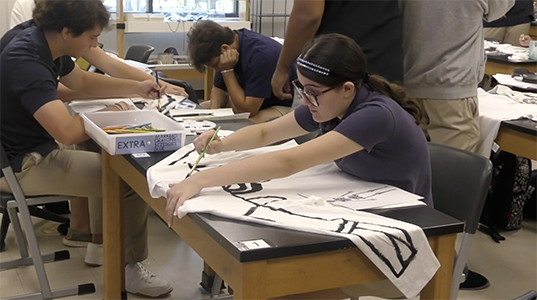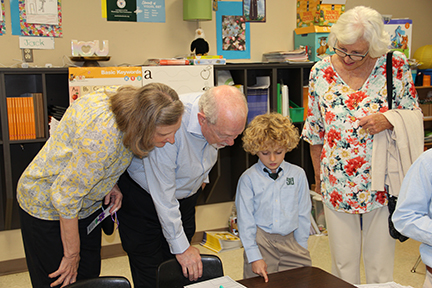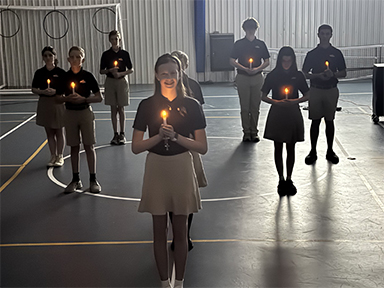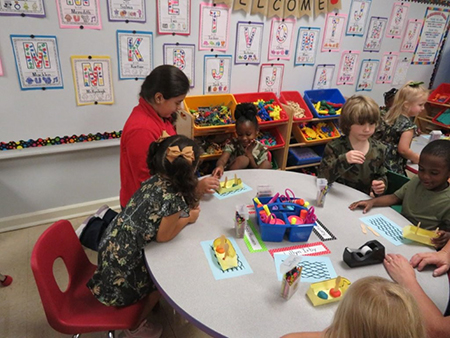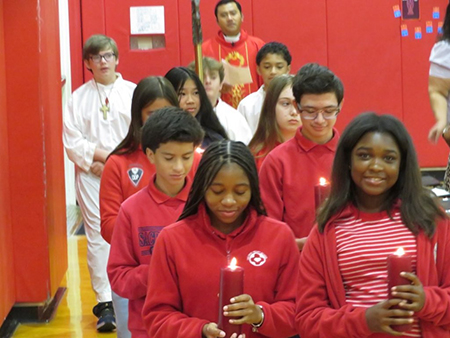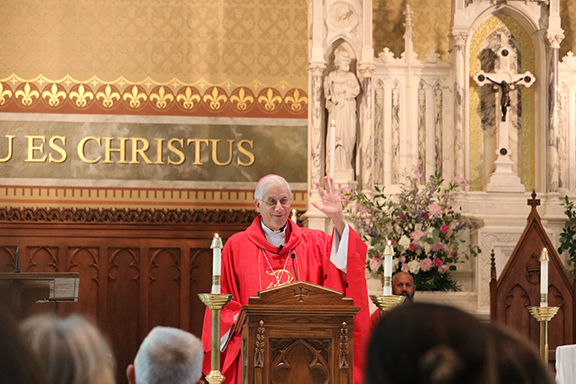From the Archives
By Mary Woodward
On my drive to the Diocesan Chancery building each morning, I am fortunate not to have to use the interstate. I can drive through two historic Jackson neighborhoods, past museums and the last of some of the original Jackson business buildings to get to my office downtown.
Leaving my house, I pass Eudora Welty’s house, which is now a museum dedicated to her life. The small window on the second floor is where she sat and typed up her wonderful stories. Soon the famous or infamous “Jitney 14” is on my left. This is where Miss Welty shopped among a myriad of characters who would stop at Parkins pharmacy next door to have an egg salad sandwich or a burger and a milkshake.
Further down the road I pass the old White House, a former boarding house that served great Saturday lunches and is now an eclectic coffee and small batch bakery known as Urban Foxes. Two blocks later I see Carter Jewelers off to the right and the New Capitol Building, which is called new even though it is more than 100 years old because the original Capitol Building still stands.
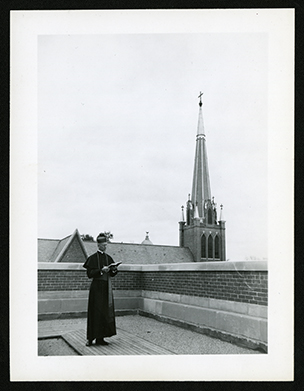
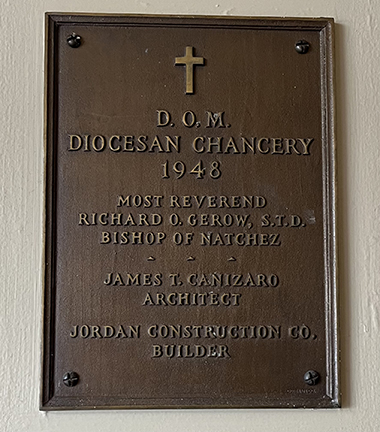
Bishop Gerow prays on roof of the diocesan chancery building in Jackson on Dec. 12, 1948. On right, the dedication plaque for the diocesan chancery building located in the Smith Park Architectural District of Jackson.
Straight in front of me is that Old Capitol. On the way up to it on the left, I pass three amazing buildings housing the State of Mississippi’s history – the Mississippi History Museum, the Civil Rights Museum, and the William F. Winter Archives. I appreciate how the history museum and archives building are classic architecture that sandwich the unique contemporary architecture of the Civil Rights museum. The whole complex works and graces that block with its formidable presence.
Between these buildings and the Old Capitol stands the War Memorial building. Turning onto Amite Street, I can see the clock on the Lamar Life building over on Capitol Street. This is one of Jackson’s coolest buildings architecturally along with the Standard Life building further down. Complete with gargoyles on the upper ridge, the Lamar Life building is a tribute to Gothic Revival style. The Standard Life building is a masterpiece in Art Deco design. Once homes to business endeavors, both are now residential and mixed use.
Driving down Amite Street I now enter the Smith Park Architectural District, an area of downtown encompassing all these unique styles of architecture. Smith Park itself is one of the oldest continually used public parks in the country. It dates back to 1838. The area is part of the national register of historic places.

The reason I mention all these is because our diocesan cathedral, cathedral rectory, and chancery office are all located in and are a part of this historic district. The southwest corner of Amite and West Streets is where the cathedral rectory and the chancery sit. Across Amite on the northwest corner is the Cathedral of Saint Peter the Apostle, which is celebrating its 125th anniversary.
Finished in 1900, this current building is the third St. Peter’s parish church. The first was built in 1846 and located eight blocks to the south and burned in the Civil War. The second was finished in 1868 and sat where the rectory and chancery now sit.
Once the new brick church across the street was completed, the second wood-framed church was used as a gathering center for the KCs and other parish events. In 1913, Rev. Aloysius Heick, SVD, came and loaded the second church on mule carts and took it several blocks north to become the first Holy Ghost church.
(Mary Woodward is Chancellor and Archivist for the Diocese of Jackson.)

